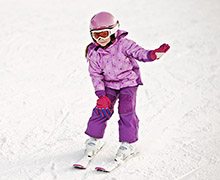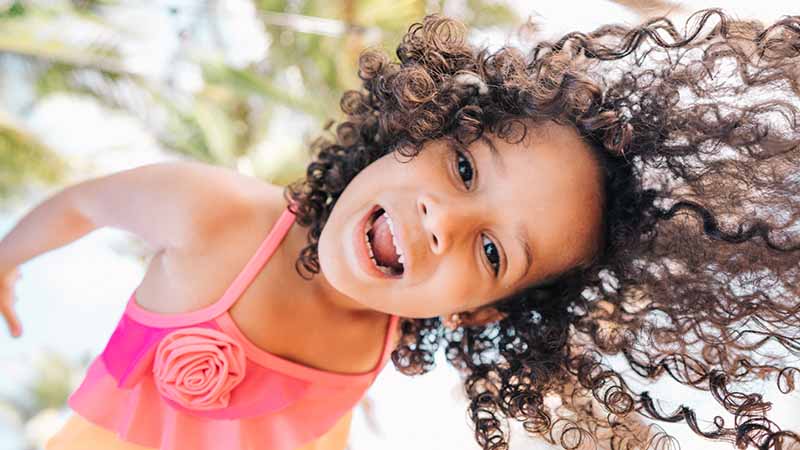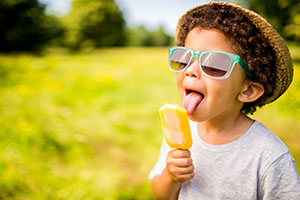Helmets for Winter Sports

You can download this article as a PDF (English) (Spanish).
When child skiers and snowboarders wear properly fitting helmets, they reduce their risk of head injuries by nearly half. Helmets also reduce the chance of head injuries for sledders, ice skaters, snowmobilers and hockey players. Along with keeping children safer during winter sports, helmets provide warmth.
Choosing and Fitting a Helmet
For skiing and snowboarding
Choose a certified helmet made just for snow sports. Look for a helmet that meets ASTM F2040, Snell RS-98 or S-98 standards.
Proper fit is a must. If you can, have a salesperson help you choose and fit a helmet for your child. Bring the goggles that your child will wear on the slopes to make sure they work with the helmet you choose.
Before you buy or borrow a helmet, fasten the chin strap and make sure:
- You can adjust the chin strap so that no more than 1 or 2 fingers fit between the chin and strap
- The pads are flush against your child’s cheeks and forehead
- The back of the helmet does not touch the top of your child’s neck
- It is snug, but not tight
- The helmet sits level, with the front edge being no more than 1 inch above your child’s eyebrows. There shouldn’t be a gap between the top of your child’s goggles and the helmet.
- The helmet does not roll forwards or backwards
- It does not shift when your child shakes their head from side to side
For sledding and ice-skating
Although there are not helmets designed specifically for these sports, the American Academy of Pediatrics advises that wearing a helmet is better than not wearing one at all. Choose a helmet that meets one of the following safety standards:
- Bike helmet: CPSC, ASTM F1447, Snell B-90/95 or N-94
- Skateboard helmet: ASTM F1492, Snell N-94
- Snow sport helmet: ASTM F2040, Snell RS-98 or S-98
- Short-track speed skating helmet: ASTM F1849
For ice hockey
Choose a helmet with a face guard that meets the NOCSAE standard and has been approved by the Hockey Equipment Certification Council (HECC).
For snowmobiling
Choose a snowmobile helmet that meets Snell SA2020, EA2016, M2020 or DOT FMVSS 218 standards.
When to replace a helmet
Follow the manufacturer’s recommendations for replacing a helmet. Bike helmets are good for only 1 crash. Replace any kind of helmet if it has been involved in a serious crash. Even though you may not see any signs of damage, the helmet may not be able to absorb the impact of a future crash. Also replace a helmet if it is missing pads or parts.
Before You Head Out to the Slopes
- Make sure your child’s other equipment fits and is adjusted properly.
- Consider putting your child in lessons or giving them the proper ski or snowboard training.
- Avoid loose clothing or cords that can get caught in lifts, rope tows and ski poles.
- If your child wears glasses or contacts for everyday use make sure to use them while on the slopes. Use yellow or red colored filters for goggles when the light is flat.
- Children look to you for how to be safe. Parents should wear helmets, too.
Safety on the Slopes
No helmet can protect against all types of impacts and injuries. Wearing a helmet is not a license for your child to ski faster. Talk about safety rules for the slopes with your child:
- Stay with an adult at all times while on the slopes. This may change for older children depending on their maturity and skill level.
- Never ski or snowboard alone. Make sure someone is there to help you if you get hurt.
- Stay in control and follow the rules of the slopes.
- Make sure landing areas are clear prior to jumping.
- Don’t stop in the middle of a ski run or beyond the crest of a hill.
- Be extra careful where trails meet.
- Stay in bounds and away from trees. Out-of-bound areas are higher risk and may have cliffs and avalanches.

